
During the commencement of World War I, history was recorded as the first-ever aerial combat kill was made on October 5, 1914. This day stroked a significant turning point in military aviation and transformed aircraft from tools of reconnaissance into weapons of war. The combat spared no one and the wars that once rampaged the ground were not limited to the surface anymore; the skies had now become another battlefield.
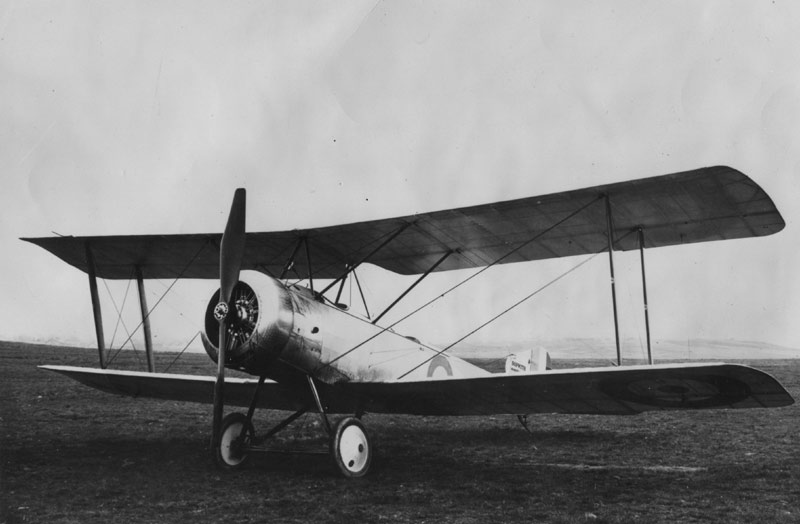
The Assassination
The Great War began in July 1914 following the assassination of Archduke Franz Ferdinand of Austria-Hungary on 28th June 1914. However, the war was brooding for some time as tensions had been building between Europe’s great powers. The agitations were further spurred by a web of alliances, imperial competition, and rising nationalism. The assassination was the catalyst, but the real cause was far deeper, rooted in the competing ambitions of nations such as Germany, France, Britain, and Russia.

The assassination of Franz Ferdinand was a mere final spark that ignited the already hot brooding tension between the nations involved. Long before the incident took place, the war had already sunk its roots deep because of overlapping rivalries between the major European powers. The smaller nations particularly, the Balkans were seeking independence and expansion, giving rise to nationalism. On the other hand, nations like Germany and Britain, influenced by militarism and imperialism, wanted to expand their military might. Thus, the assassination became the last straw, leading to Austria-Hungary’s declaration of war on Serbia, and the subsequent involvement of other nations through their alliances.
The First Aerial Combat: The Aircraft and the Pilots
The first recorded aerial combat took place between France and Germany. It was a time when aircraft were primarily used for the purpose of gathering intelligence on enemy movements and positions. However, with the progressing war, the need to challenge enemy reconnaissance aircraft became evident, leading to the first aerial warfare.
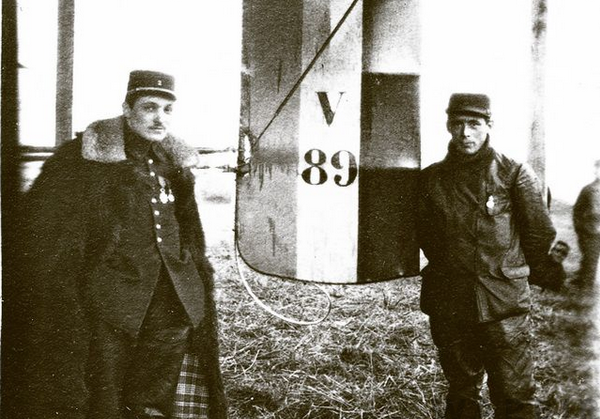
Representing France, the combatants were Sergeant Joseph Frantz and his mechanic, Corporal Louis Quenault, on a Voisin III biplane. While Germany was represented by Oberleutnant Fritz von Zangen as the observer and a fellow unnamed pilot on a German Aviatik B.I reconnaissance plane. The Voisin III was a French pusher biplane that allowed for unobstructed front-facing machine gun fire. It was one of the first aircraft designed for military use, equipped with a 37mm cannon or machine gun. The aircraft was armed with a gas-operated, air-cooled machine gun called the Hotchkiss Mle 1909. It was mounted in the nose and was relatively lightweight for the time, although its 30-round feed strips limited its firepower. Aviatik B.I was a German reconnaissance aircraft primarily used for intelligence gathering and was unarmed except for the von Zangen’s Mauser M98 rifle. It was considered obsolete soon after, as combat aircraft evolved.
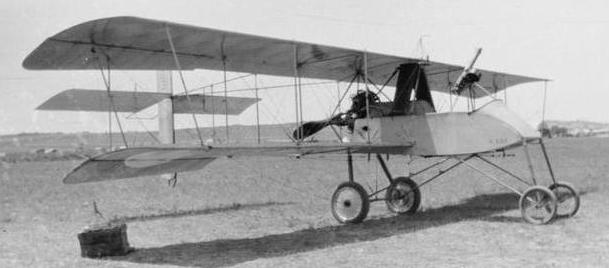
The confrontation occurred near Reims, France, during a patrol flight by Frantz and Quenault. As they approached the German Aviatik B.I, which was in the process of bombing Allied troops near Jonchery-sur-Vesle, Quenault opened fire with the Hotchkiss machine gun. Although von Zangen attempted to defend the German aircraft by firing his rifle, the Voisin’s superior firepower quickly won the engagement. The German plane was downed, marking the first official aerial victory in history.
Significance of the First Aerial Combat Kill
This event marked a watershed moment in the history of aviation and military strategy. Until then, many considered it impractical to arm airplanes, and the idea of dogfighting was still in its early stages. However, the success of the Voisin III’s mission proved the potential of air combat and would lead to the rapid development of fighter aircraft, capable of engaging and shooting down enemy planes.
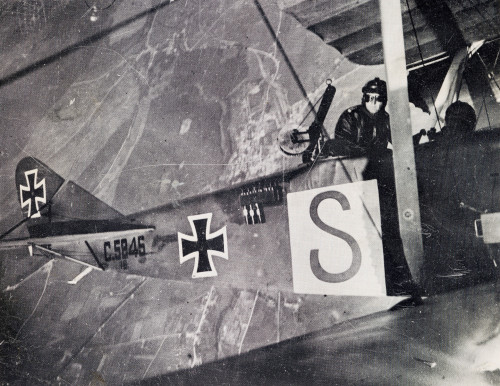
The French Hotchkiss Mle 1909 machine gun, while not ideal for air combat due to its limited capacity and cumbersome reloading process, was a significant advancement. It would soon be replaced by more advanced systems, including synchronized guns that could fire through a propeller arc. However, in 1914, pusher planes like the Voisin III were ideal for mounting guns without risking damage to the aircraft’s own propellers.

Early Years of Air Combat
Aviation was still in its early days before the war began; the Wright brothers had made their first successful powered flight just eleven years before. When the war began, airplanes were seen as experimental machines with no significant role in combat. Aircraft were rudimentary, with basic materials like wood and doped fabric forming their structure. Combat planes at the time were typically biplanes with pusher propellers, meaning the engine and propeller were mounted at the rear of the aircraft. This allowed for easier mounting of front-facing guns, as it avoided the issue of firing through the propeller arc. One of the most famous examples was the Fokker Eindecker, which became the first plane to feature such a system, designed by Anthony Fokker in 1915.
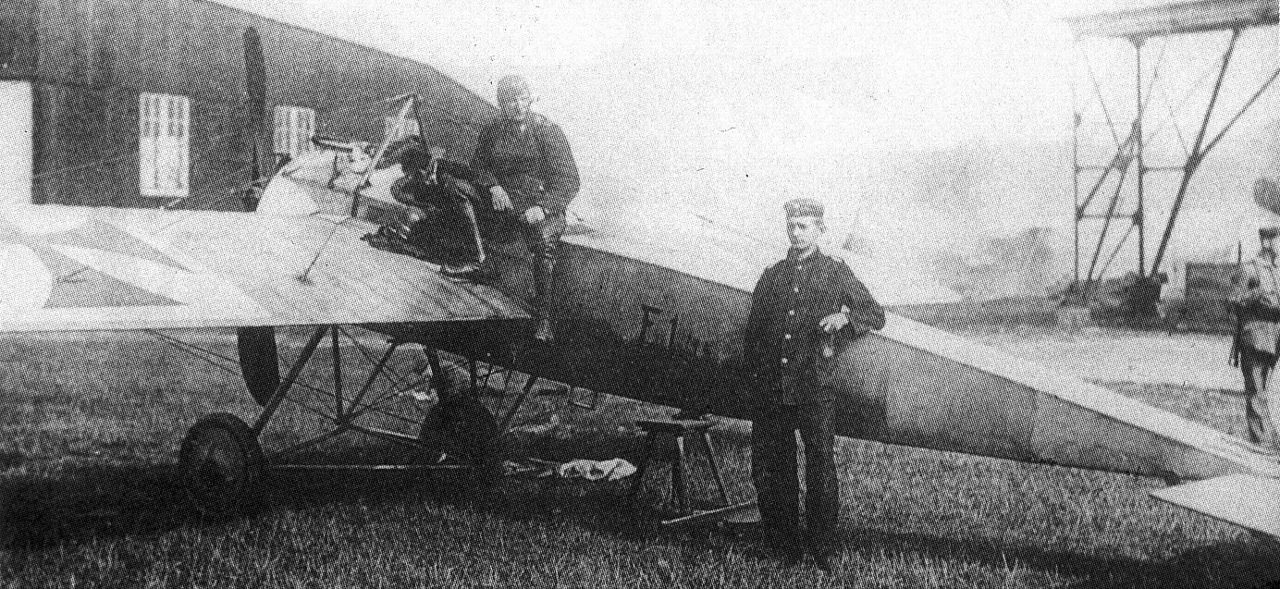
Thus, the introduction of aerial combat added a new dimension to warfare. Soon enough, both the Allies and Central Powers began developing specialized fighter planes. As the Great War was coming to an end, aviation was progressing significantly, with new tactics, technologies, and aircraft designs. Military pilots all over the world were celebrated for their aerial victories, and the skies became the new ground of war. Frantz and Quenault paved the way for legends like Manfred von Richthofen, the “Red Baron,” and Eddie Rickenbacker, who would become some of the most famous pilots in history.
Aftermath and Legacy
The first aerial combat kill was a key milestone in both aviation history and military strategy. It also demonstrated the value of air superiority, which would only grow in importance as the war dragged on. By the end of World War I, dogfighting and air raids had become routine, and military aviation was a fully developed branch of the armed forces. The French victory in October 1914 was a precursor to the many technological advancements that would define 20th-century warfare. From that point forward, the skies were no longer a place just for reconnaissance but for decisive and strategic battles that could change the outcome of ground operations.
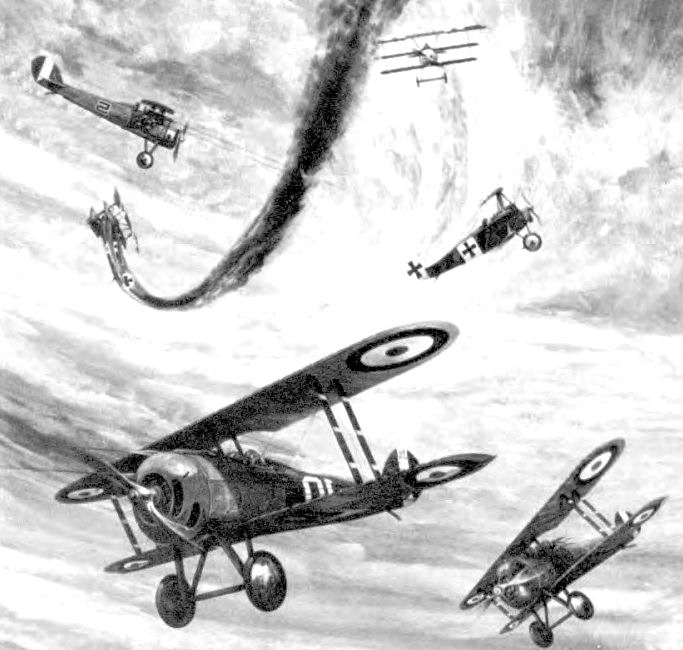
The engagement between Frantz and Quenault, and their German adversaries showed that aircraft could be powerful weapons, capable of engaging enemy forces in the air. This victory laid the groundwork for modern air combat and revolutionized warfare in the sky. The story of the first aerial combat kill remains evidence of innovation and the incredible technological advancements that emerged from the chaos of war.
Today in Aviation History is a series highlighting the achievements, innovations, and milestones that have shaped the skies. All the previous anniversaries are available HERE.
Related Articles
"Haritima Maurya, pen name, ""Another Stardust,"" has been passionate about writing since her school days and later began sharing her work online in 2019. She was drawn to writing because of her love for reading, being starstruck by the art of expression and how someone can make you see and feel things exclusive to their experience. She wanted to be able to do that herself and share her mind with world cause she believes while we co exist in this beautiful world least we can do is share our little worlds within.
As a commercial pilot, Haritima balances her passion for aviation with her love for storytelling. She believes that, much like flying, writing offers a perspective beyond the ordinary, offering a bridge between individual experiences and collective understanding.
Through her work, ""Another Stardust"" aims to capture the nuances of life, giving voice to moments that resonate universally. "


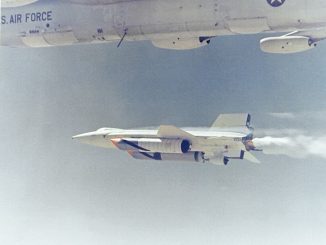
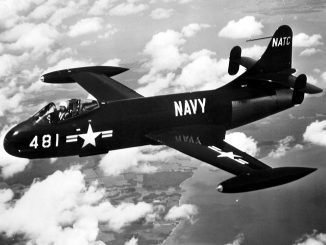
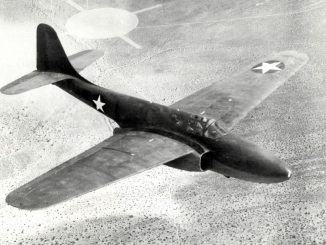



Be the first to comment
Graphic Design, Branding and Aviation Art